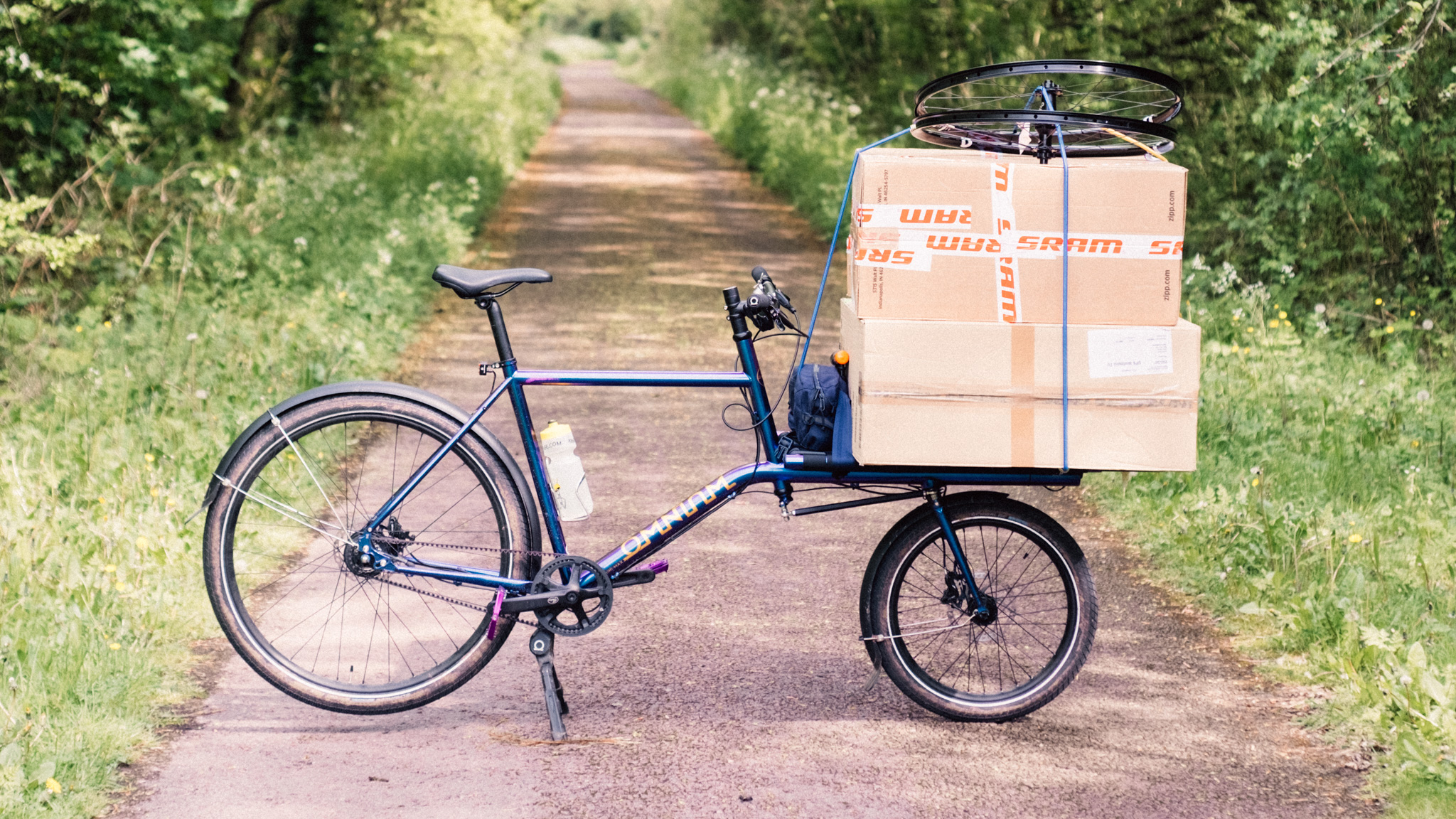
Before I was furnished with the Mini-Max from Danish brand Omnium I’d always kind of craved one. I’ve always hated owning a car: The tax, the upkeep, the expensive repairs that I’m unable to complete myself, the emissions, the cost of fuel. Could a cargo bike really replace a car?
To find out, I sold my car. I don’t want to hear anyone saying I don’t go the extra mile from now on, OK?
If at this point you’re wondering what a cargo bike is, then you’re probably not alone. They do look a little unusual, regardless of what model you go for, but are a subset of what most people think of as commuter bikes. Omnium is a rather trendy outfit from Denmark, the spiritual home of trendy outfits as far as I can tell, and it specialises in cargo bikes, unlike brands like Trek or Specialized which makes them alongside other offerings. The Mini-Max is the second largest model in the brand's line up, with a slightly shorter wheelbase and bed than the large Cargo model. Each model comes with the option of a SRAM drivetrain or a Shimano Alfine hub and Gates belt drive, with electric versions of each also possible.
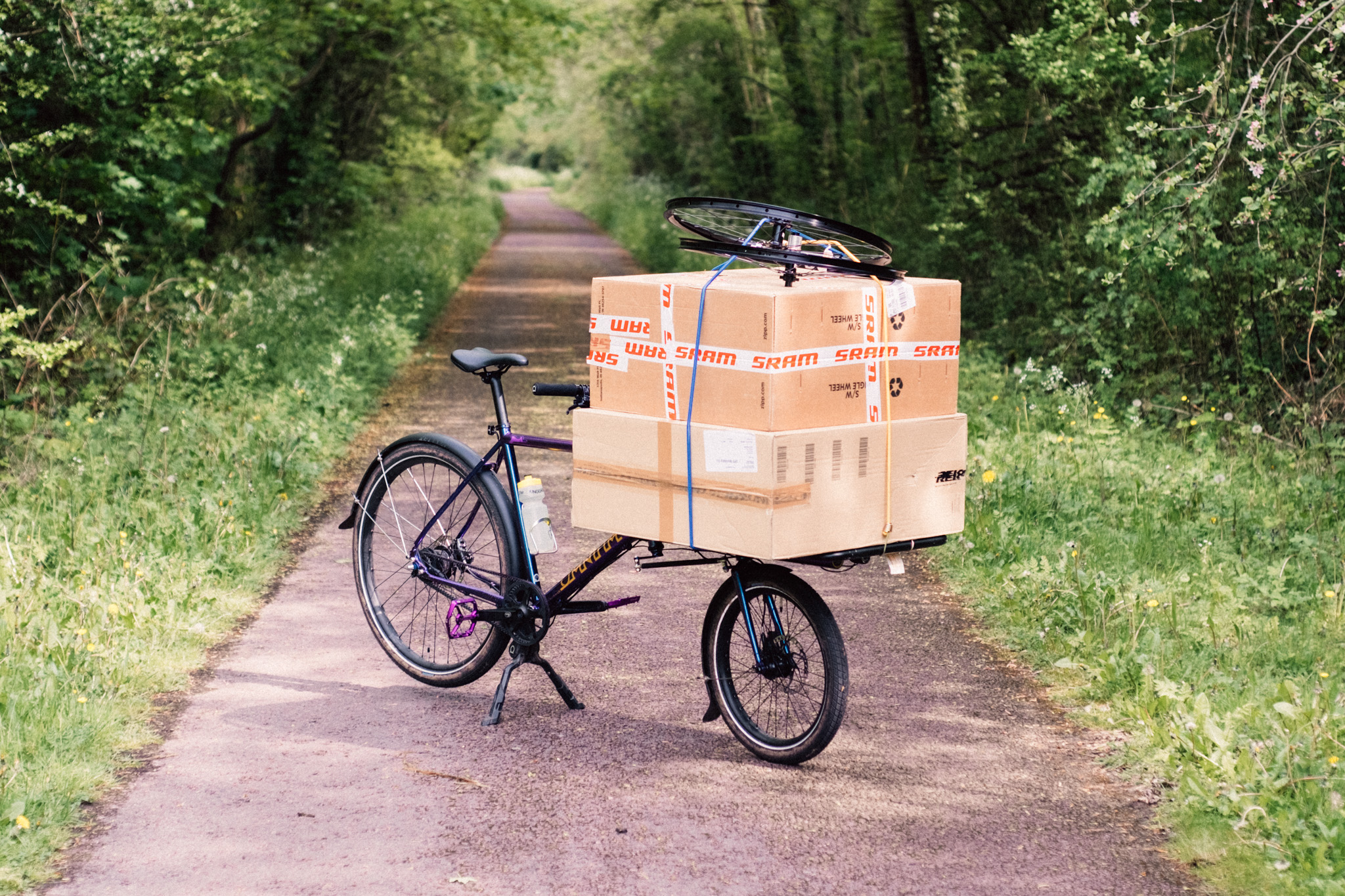
I went for an unassisted belt drive setup, which I must admit was predominantly an ego decision. I’m a relatively strong rider; I can handle a cargo bike without a motor to help me out. Maybe I wanted to be like cargo bike Instagram extraordinaire TrueMarmalade? In any case, that's what I started with, and it was very much the incorrect choice for somewhere as hilly as my hometown, Bristol.
Over the past few months I’ve commuted on the Mini-Max, hauled things to and from the office, strapped a pizza oven to the bed and ridden across town to cook for some friends, locked it up in dodgy places for a few days, ridden it through the woods, swapped the groupset entirely, and still have some plans. I’ve got a feeling for how it handles and what it’s like to live with, but will update with a long-term review in another six months or so. In any case, if you’re considering leaping into the world of bicycle haulage then keep on scrolling and find out what’s what with the Omnium Mini-Max.
Design and aesthetics
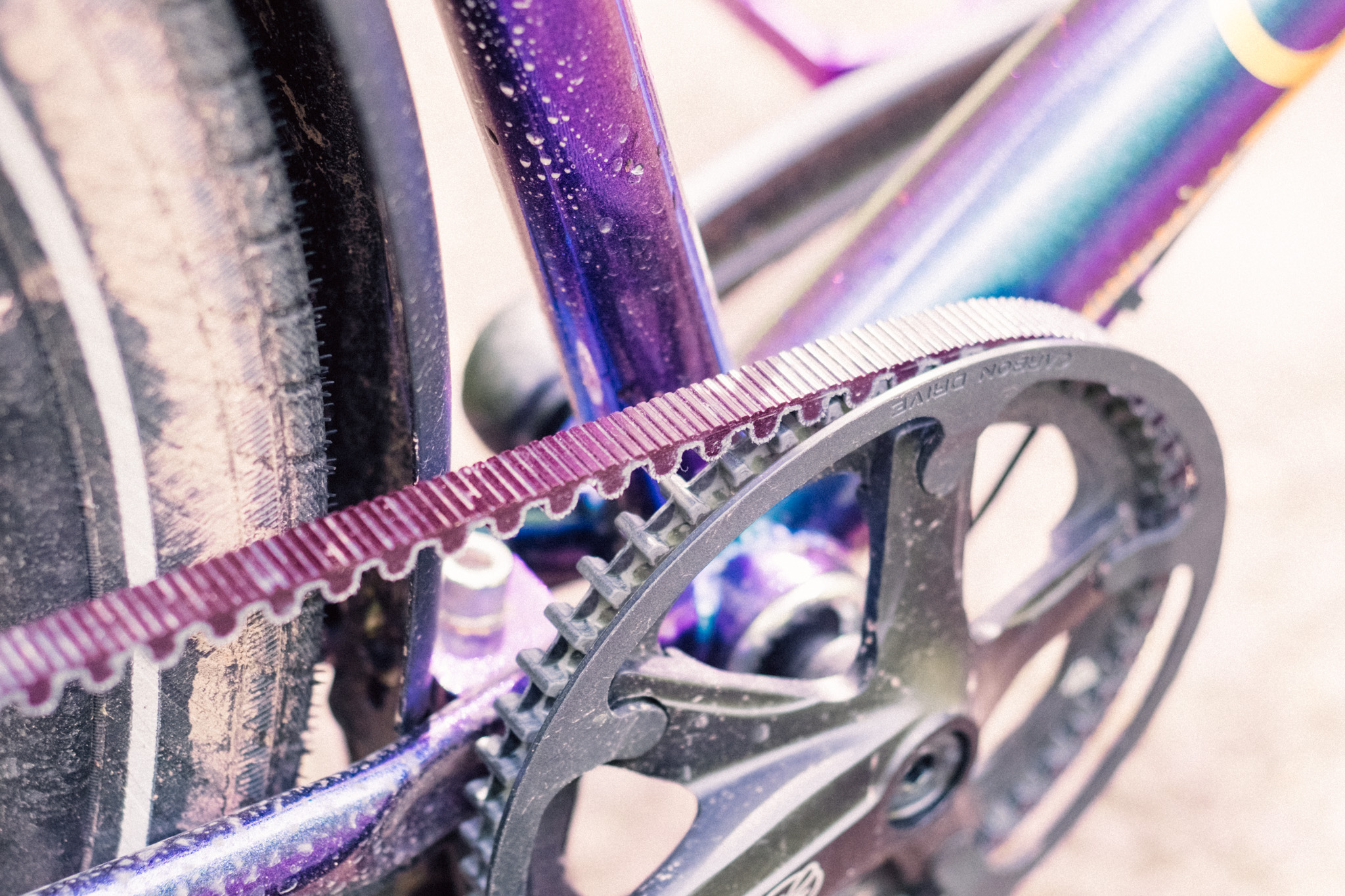
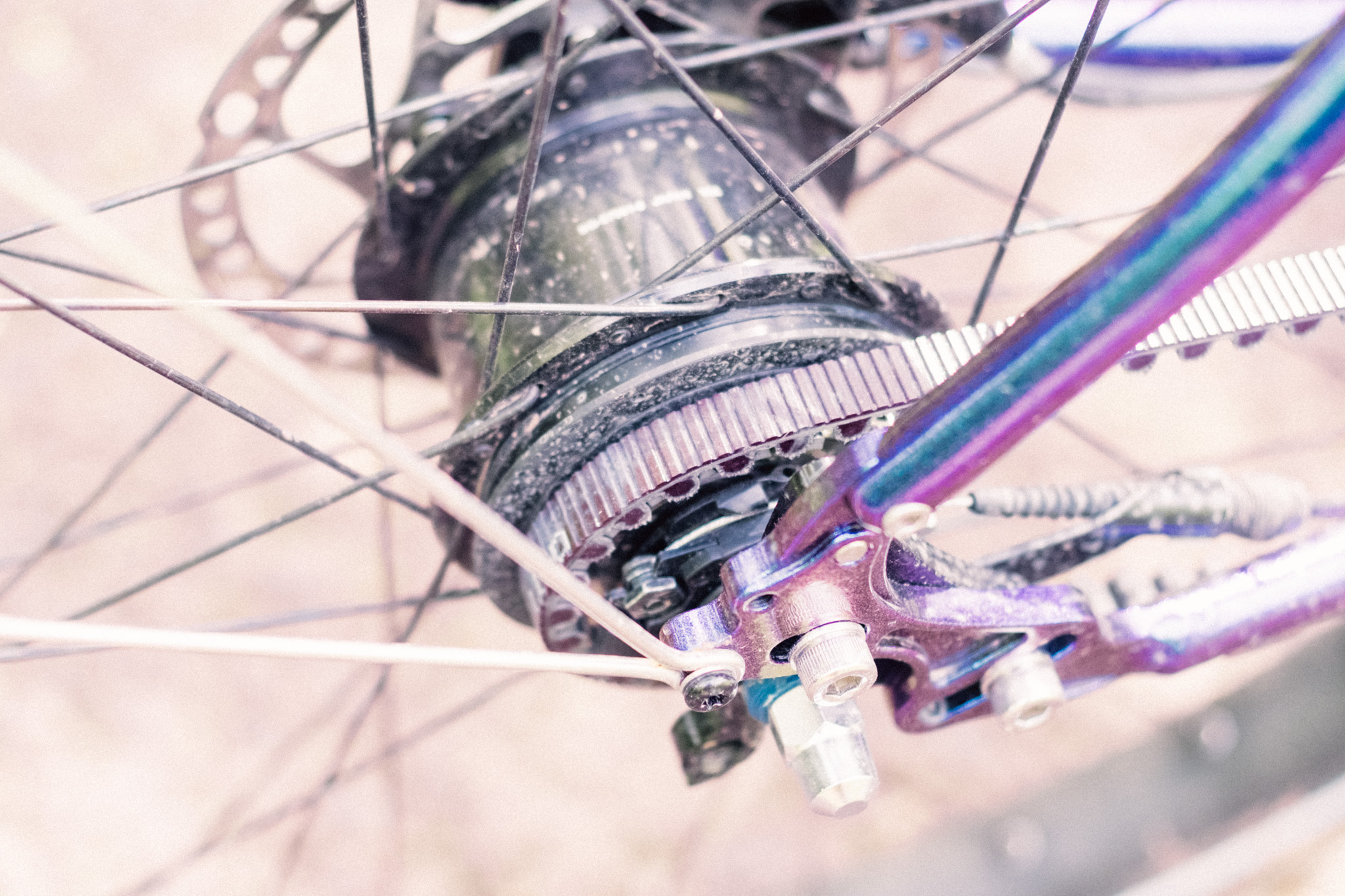
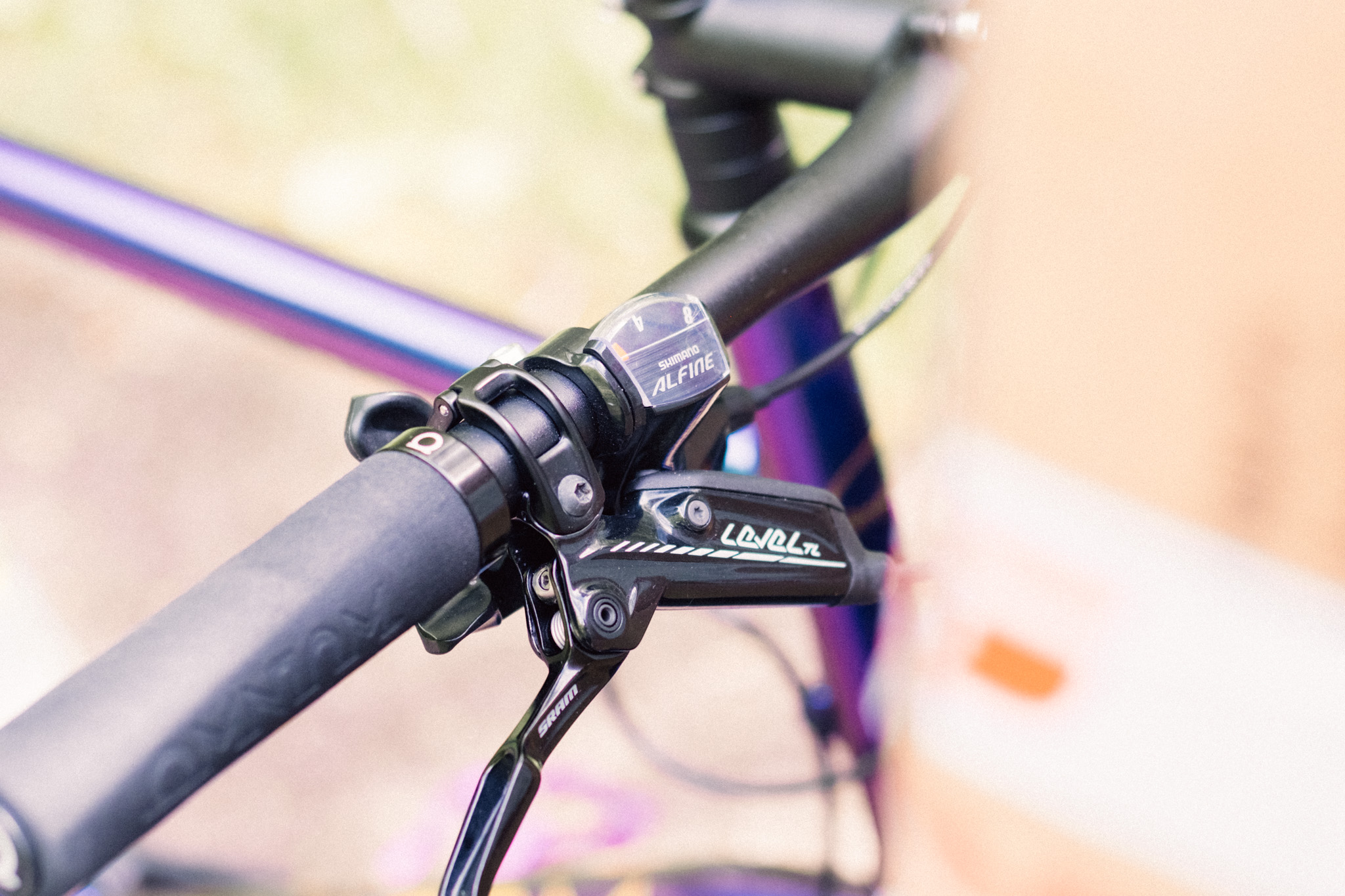
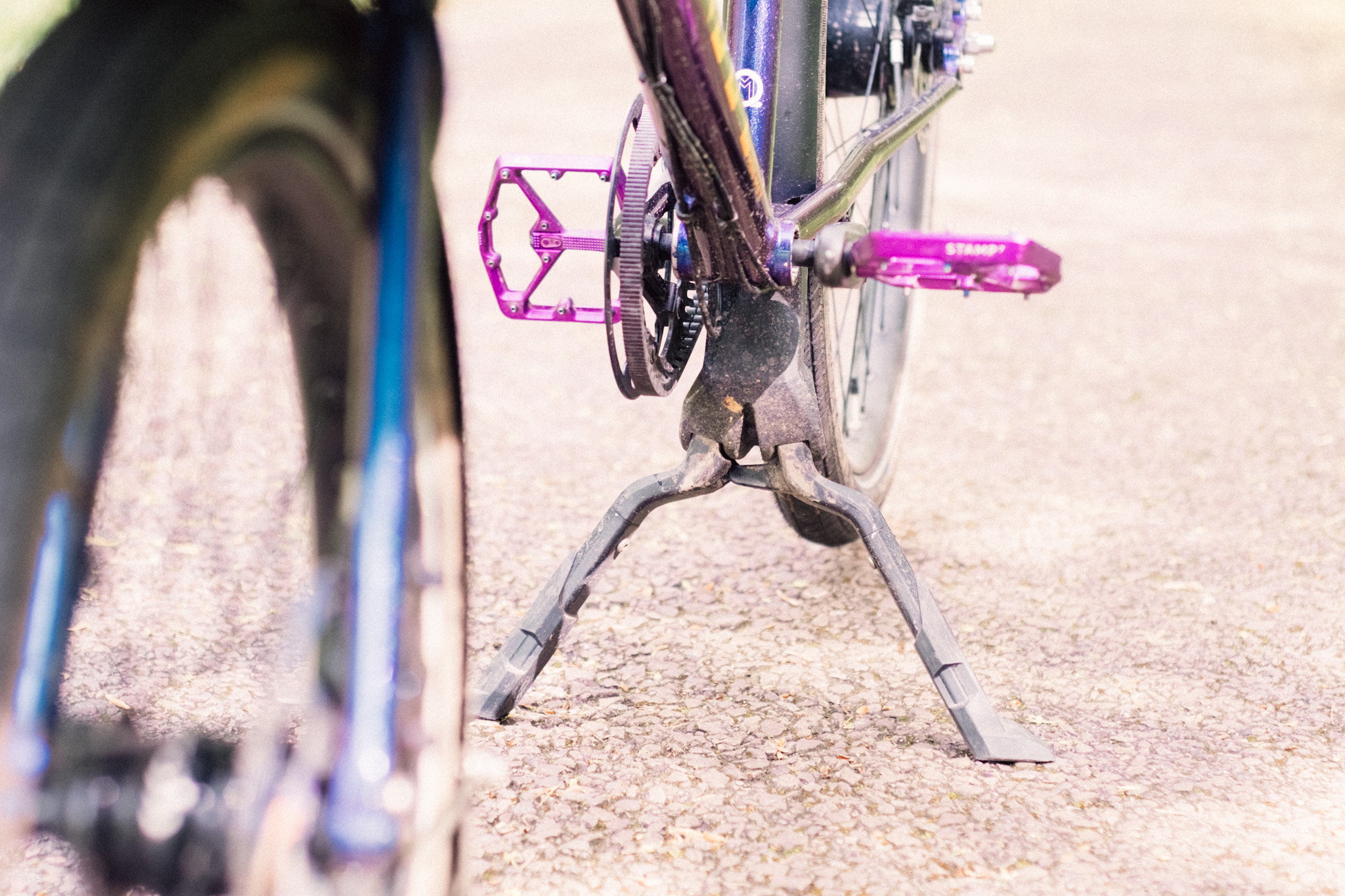
All cargo bikes fall into one of two categories. One half of the population has the rear end of a normal bike, and the front end handling the cargo, while the other half is business in the front, and a cargo party in the rear. The Mini-Max, along with all of Omnium’s cargo bike options is the former, with a common back end, and varying degrees of haulage space up front.
Behind the extremely long head tube lies a stout steel frame. The down tube is monstrously large, and curves to the horizontal to form the backbone upon which the front cargo bed is mounted, while the remaining tubes are of more recognisable proportions. Naturally, given the nature of the bike, steel is the material of choice, though titanium options are available if for some reason you come over all weight weenie. The seatpost is a larger diameter than is standard for road, presumably as a result of using a larger diameter seat tube for extra strength, though this, combined with a horizontal top tube, means that there is little available flex in this part of the system
Fortunately, the rear tyre is a balloon-like 55mm Schwalbe Big Ben Plus. No, it ain’t supple, but it is big, and matched by a 20in equivalent beneath the front bed. In the case of my test bike, the rack came with webbing pre-installed, plus SRAM hydraulic brakes, full mudguards, and Supernova dynamo lighting powered by a front hub which are always on in much the same way as the headlights of an equally Scandinavian (though not actually Danish) Volvo.
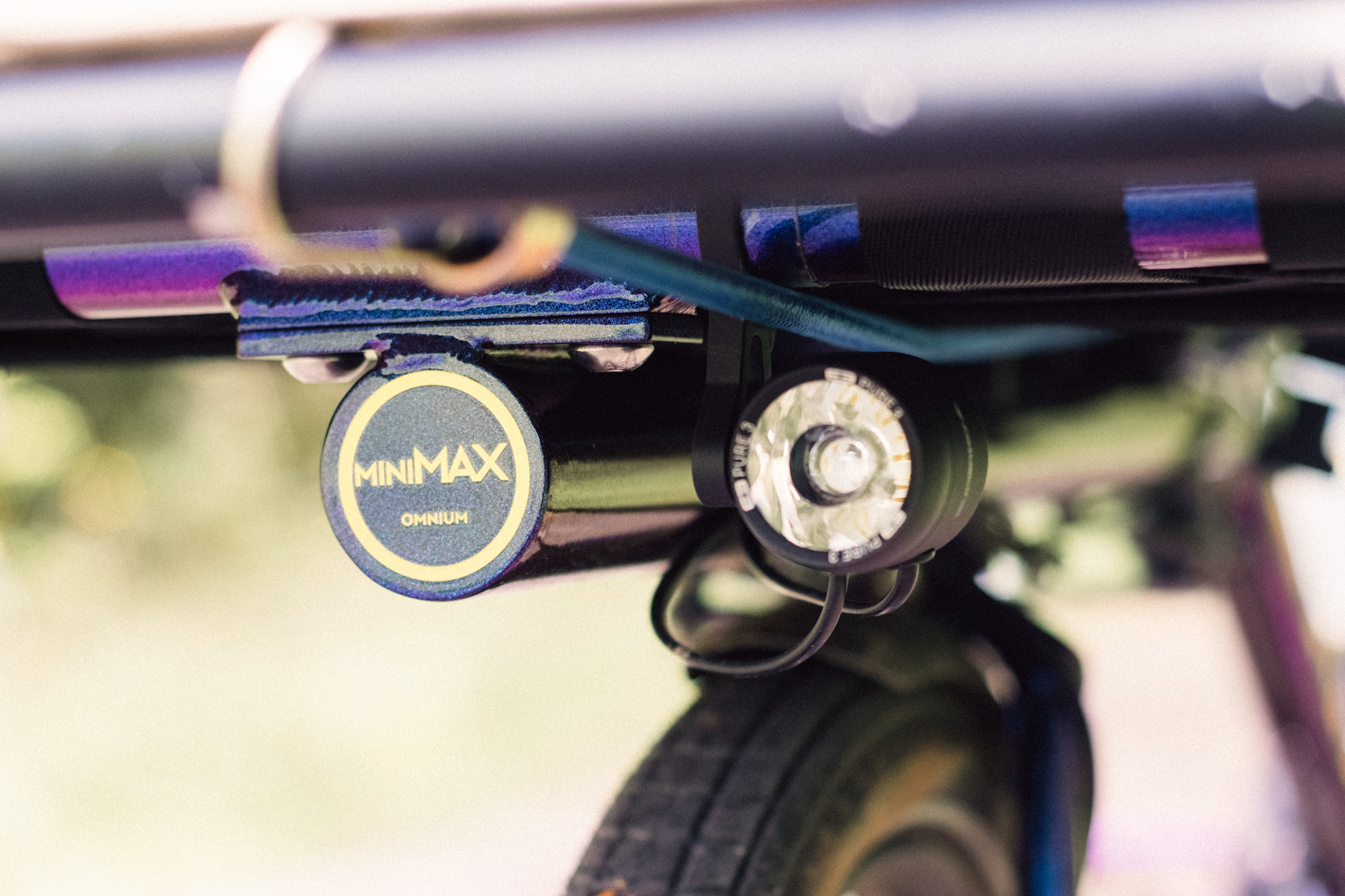
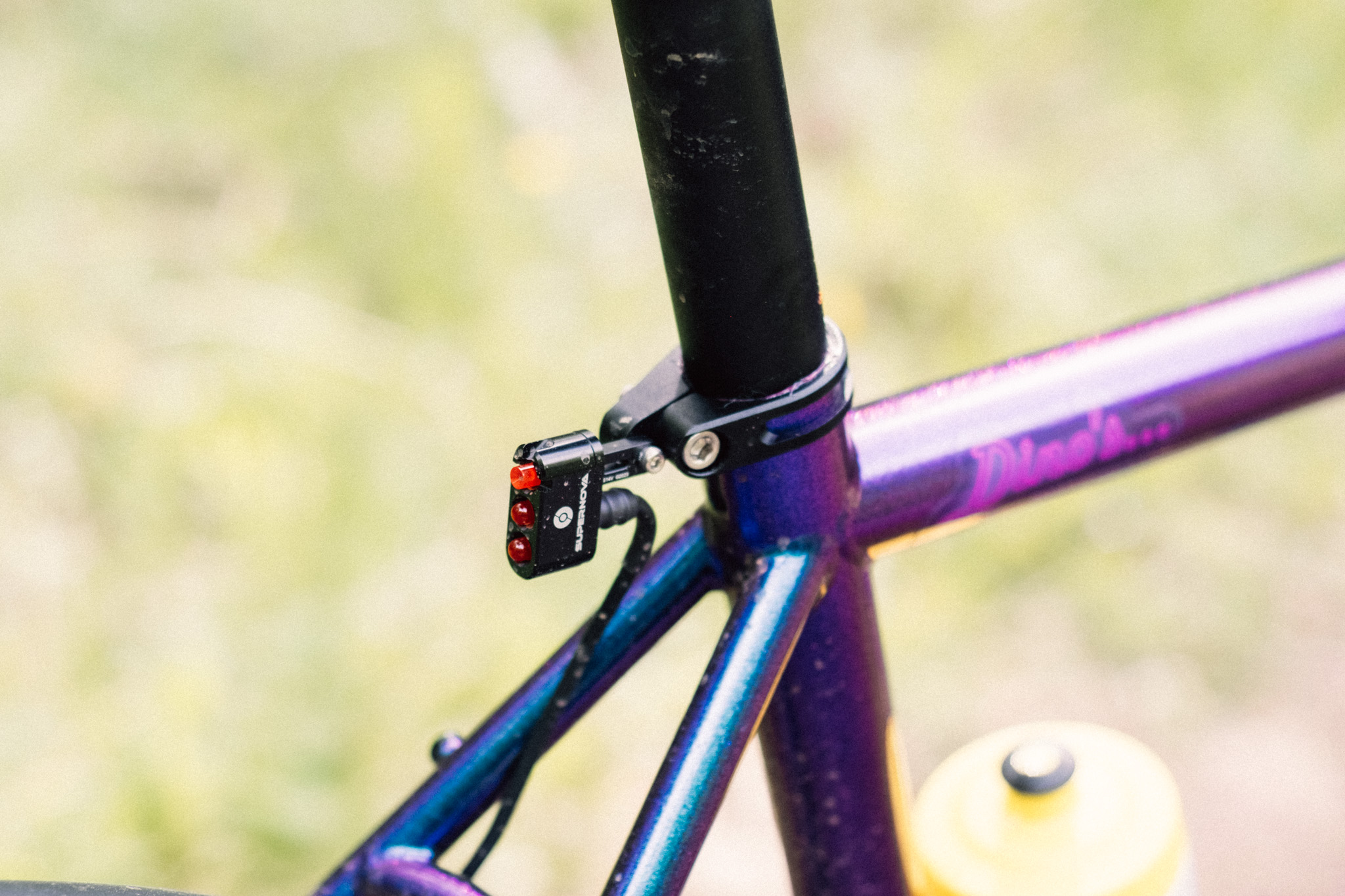
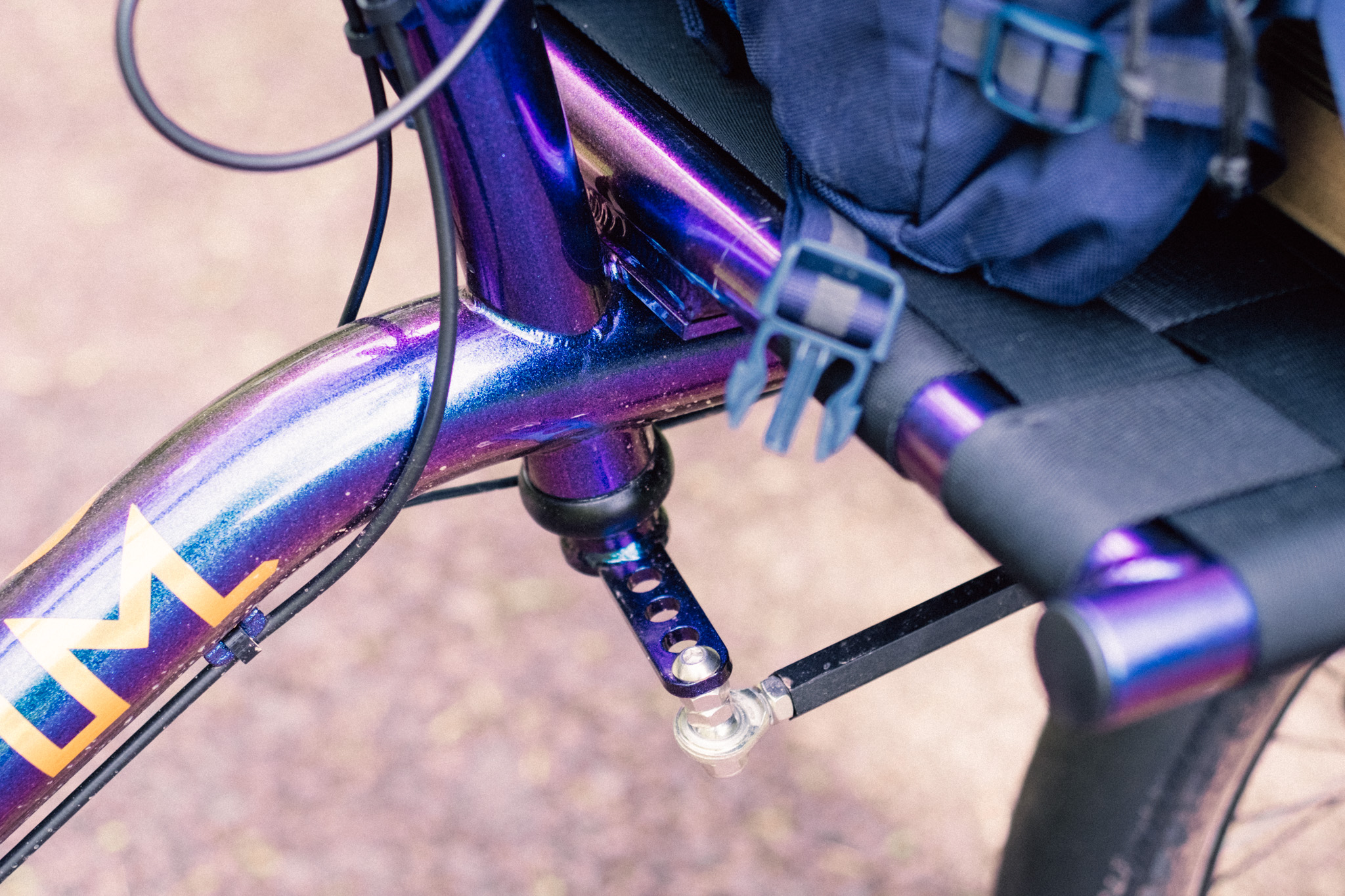
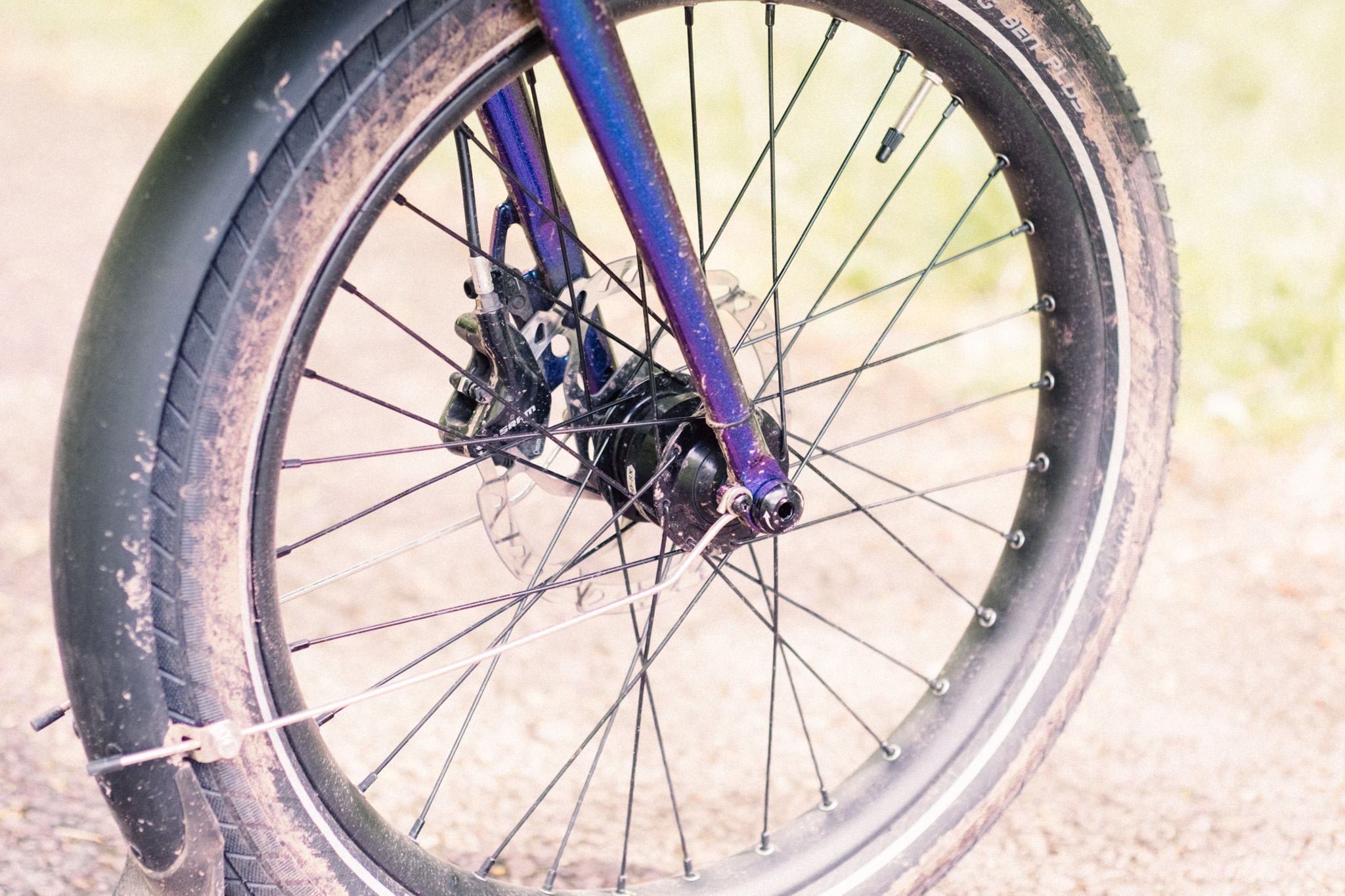
The rack situation is an arrangement nearly unique to Omnium, save for some homemade options, in that the rack sits above the front wheel rather than behind it. On bikes like the Larry vs Harry Bullitt the wheel sits forward of the cargo bed, lowering the centre of gravity but conversely increasing the wheelbase. Here the load is higher, so perhaps less suited to extremely heavy loads, but the handling will be more sprightly. Speaking of extremely heavy loads, the maximum system weight is 150kg, and the rack maximum weight is stated at 75kg, though as we will get into, you may struggle with loads so hefty,
From a design point of view everything seems very well thought out. Own brand, or brandless components make total sense on a bike where performance is more about haulage than weight or speed. A single bottle cage mount isn't the end of the world, given you’re unlikely to be riding it for hours on end away from urban areas where you can easily get more water. Likewise a belt drive and hub gear, despite the weight penalty, seems on paper to be an extremely sensible system to run on what could well be a daily-use vehicle. No mucky chain lube, no cleaning, gears protected from the elements and no derailleur to smack out of line on a bike rack… However, much like trickle-down economics, rum punch, or the middle section of the Karma Sutra, things that look good on paper aren't always great in practice.
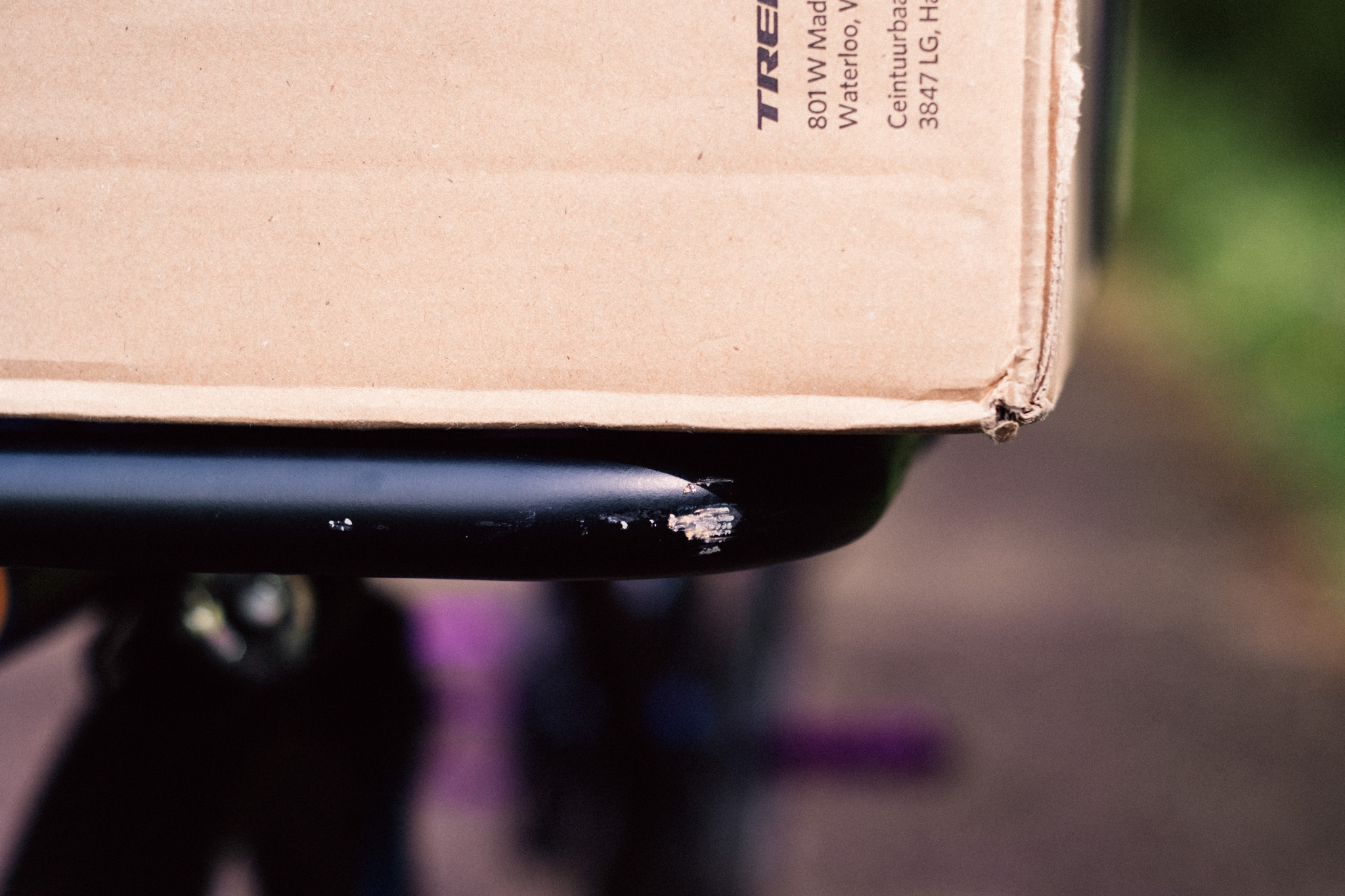
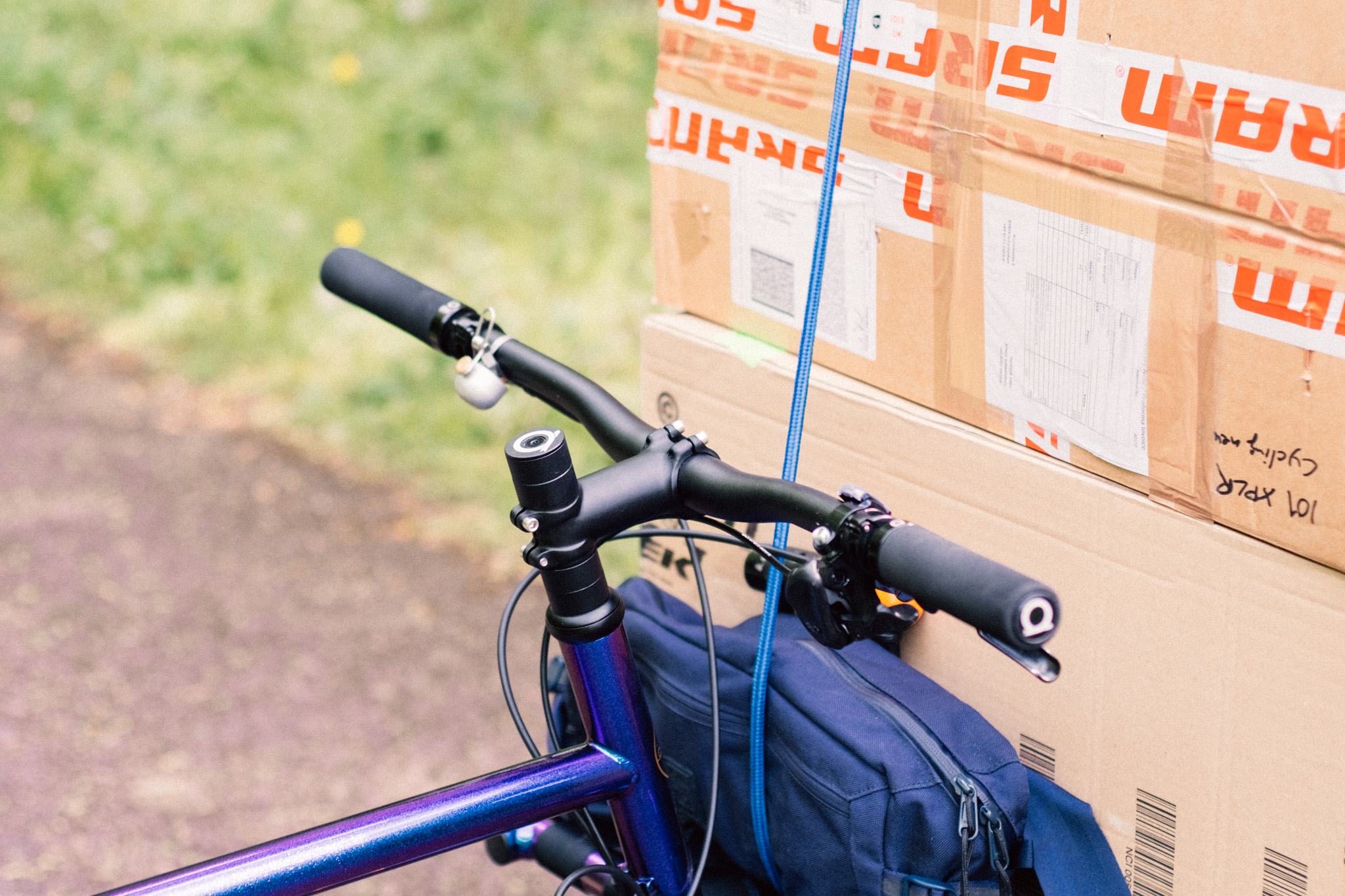
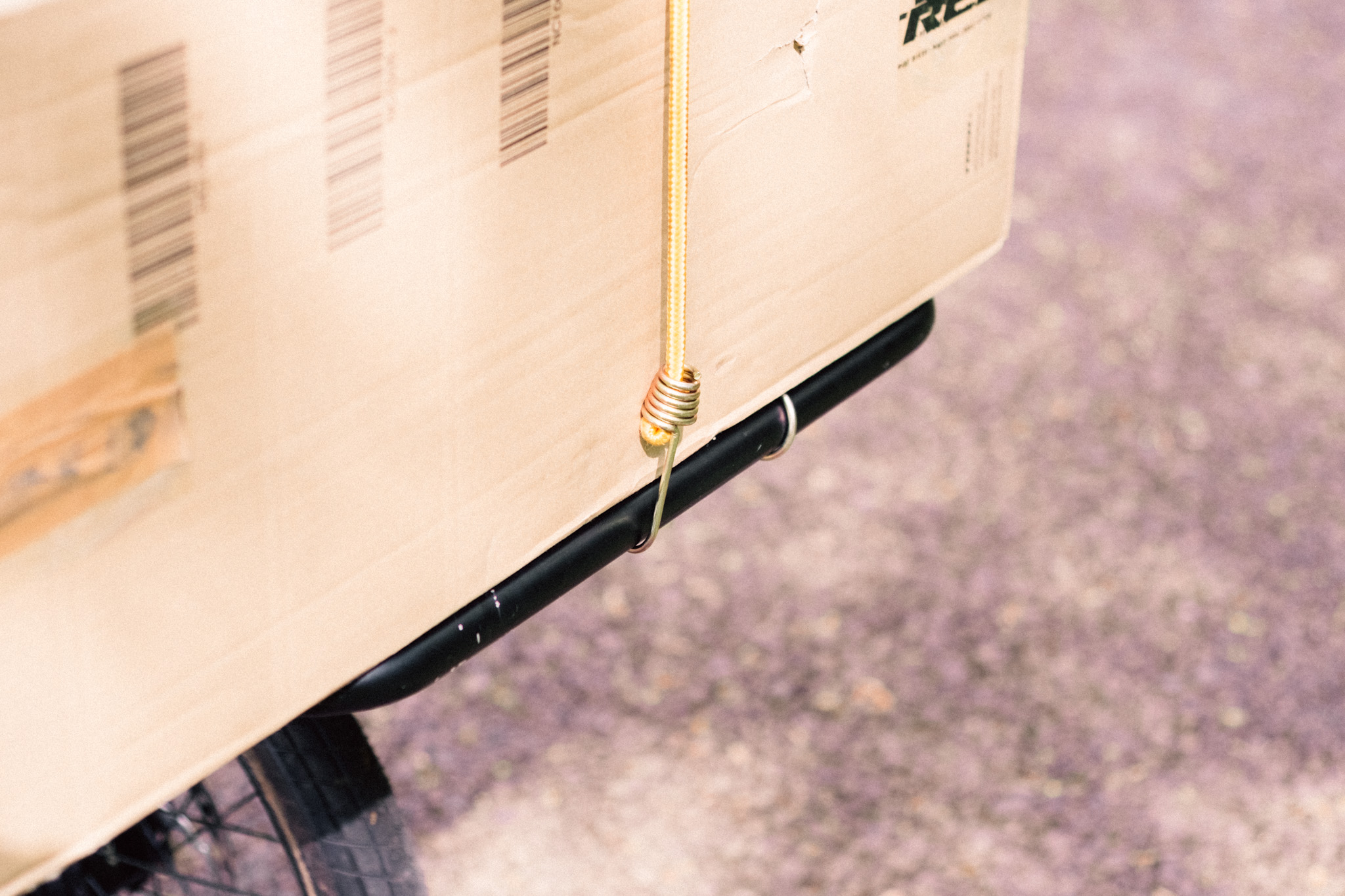
Performance
For those of you with short attention spans (thanks, TikTok!) the short version is that the Omnium Mini-Max is extremely capable, and very good fun to ride, but comes with gearing only suitable for use on salt flats, or in low-lying Scandinavian or northern European nations.
Despite the hub-and-belt system being ideal on paper, I found myself only ever really using the lowest two gears. If you are incredibly strong or live somewhere very flat then you may be alright, but even on my commute to the office, a 20km ride on a converted railway path–railways are generally famed for their shallow gradients for those unfamiliar–I was still only really using 3 of the 8 available gears. The system, both the drivetrain and the large tyres, felt rather draggy.
Jumping ahead in the testing timeline as if I’m bicycle journalism’s M. Night Shyamalan, I sent a request out to Omnium for the alternative SRAM 11sp groupset to swap out. As groupset swaps go it was pretty simple, but even with the supplied front chainring I was still over-geared for Bristol’s numerous ramps, so I proceeded to slap on a 36t front chainring that I ‘borrowed’ from my flatmate's fixie and finally got the gearing as I wanted it.
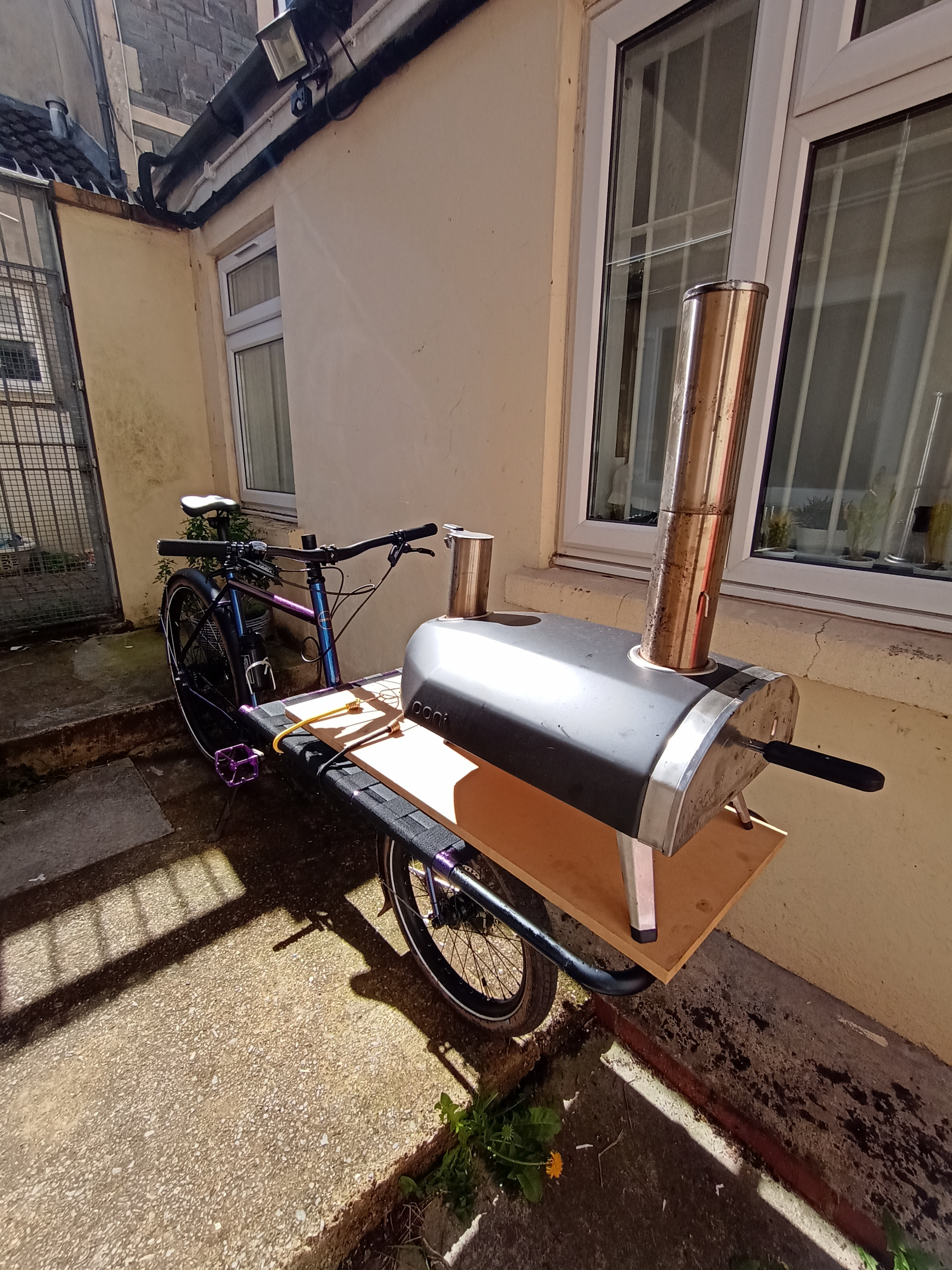


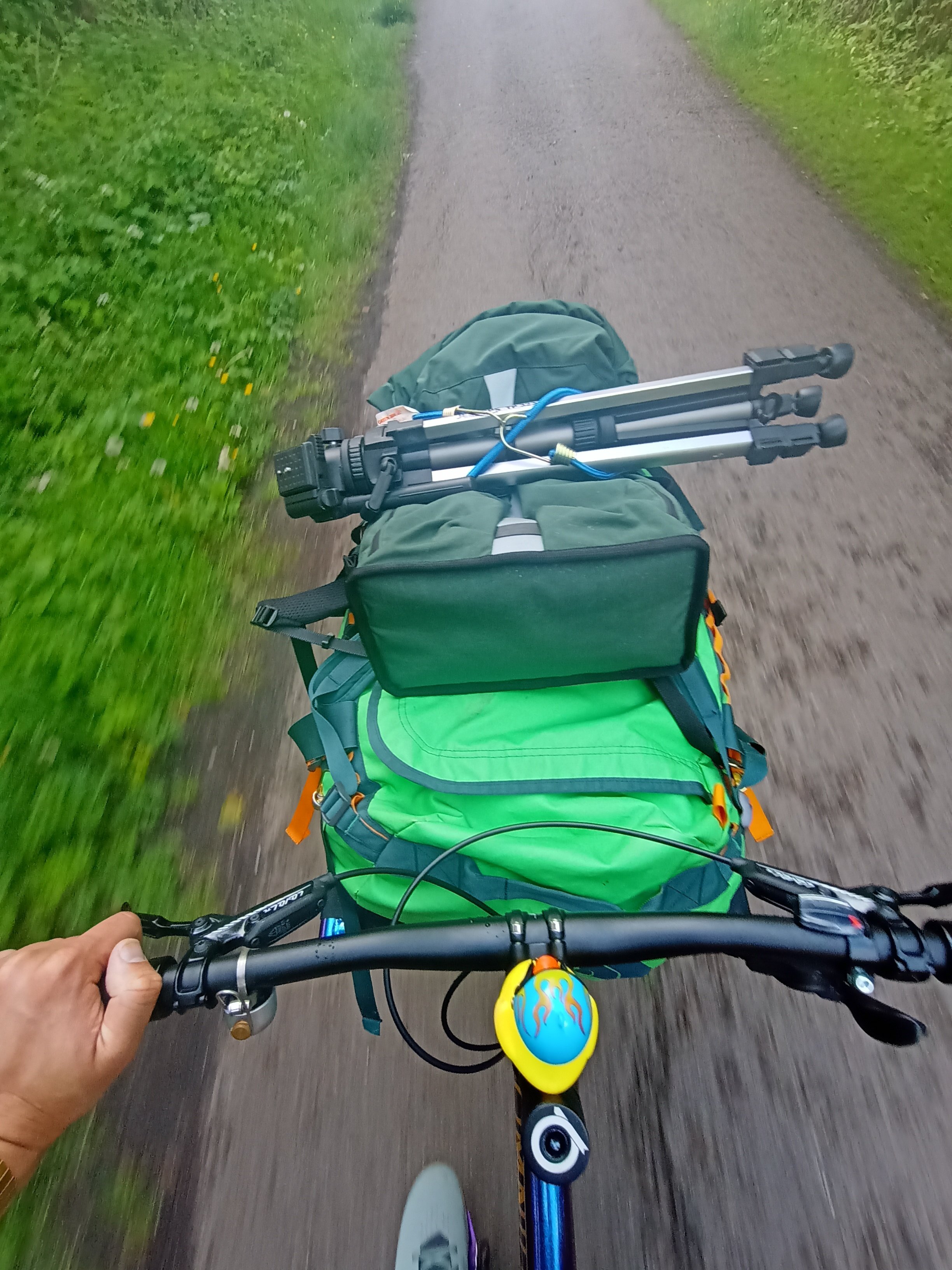

I shan’t harp on about the gearing, just suffice it to say that it was insufficient in either guise. My recommendation would be that if you opt for the belt drive then you should quieten your ego and opt for the electric-assisted model, or go for the SRAM setup and factor in the cost of a smaller chainring. With the mass of the bike being as large as it is, being under-geared is preferable. Once you hit a certain speed freewheeling is perfectly fine; it’s not a bike for hitting speed records.
Handling is what people tend to ask about, either in the specific case of this bike or with cargo bikes in general. The best way to describe riding the Mini Max is that it’s like piloting a rather lively boat. I do appreciate that many of you may well have gone your whole lives without piloting a rather lively boat, so allow me to elaborate a little more… The initial feeling is one of great apprehension that comes from the fact that you can't see the front wheel at all, as it resides beneath the cargo bed, actuated by a steering rod. Much like any long wheelbase bike the first few pedal strokes are a bit wobbly, before quickly settling into a feeling of great stability once you realise it’s still a bicycle, only longer.
Even with the overly hard gearing the Mini-Max is a joy to ride. As the steering axis is behind the front of the bike the front appears to lag a little behind the turn, much like how the front of a bus does, but this is no real impediment. Having the wheel further back means that, despite having a long wheelbase, it’s nowhere near as long as it could be and consequently handles in a much more sprightly manner than its dimensions would suggest. The head tube angle, which is a strange one to consider given that there is the head tube where the bars are connected and the head tube where the wheel resides, is pretty steep too at 73.5 degrees, resulting in fast-feeling steering even when you’re carrying your younger brother home from the pub.
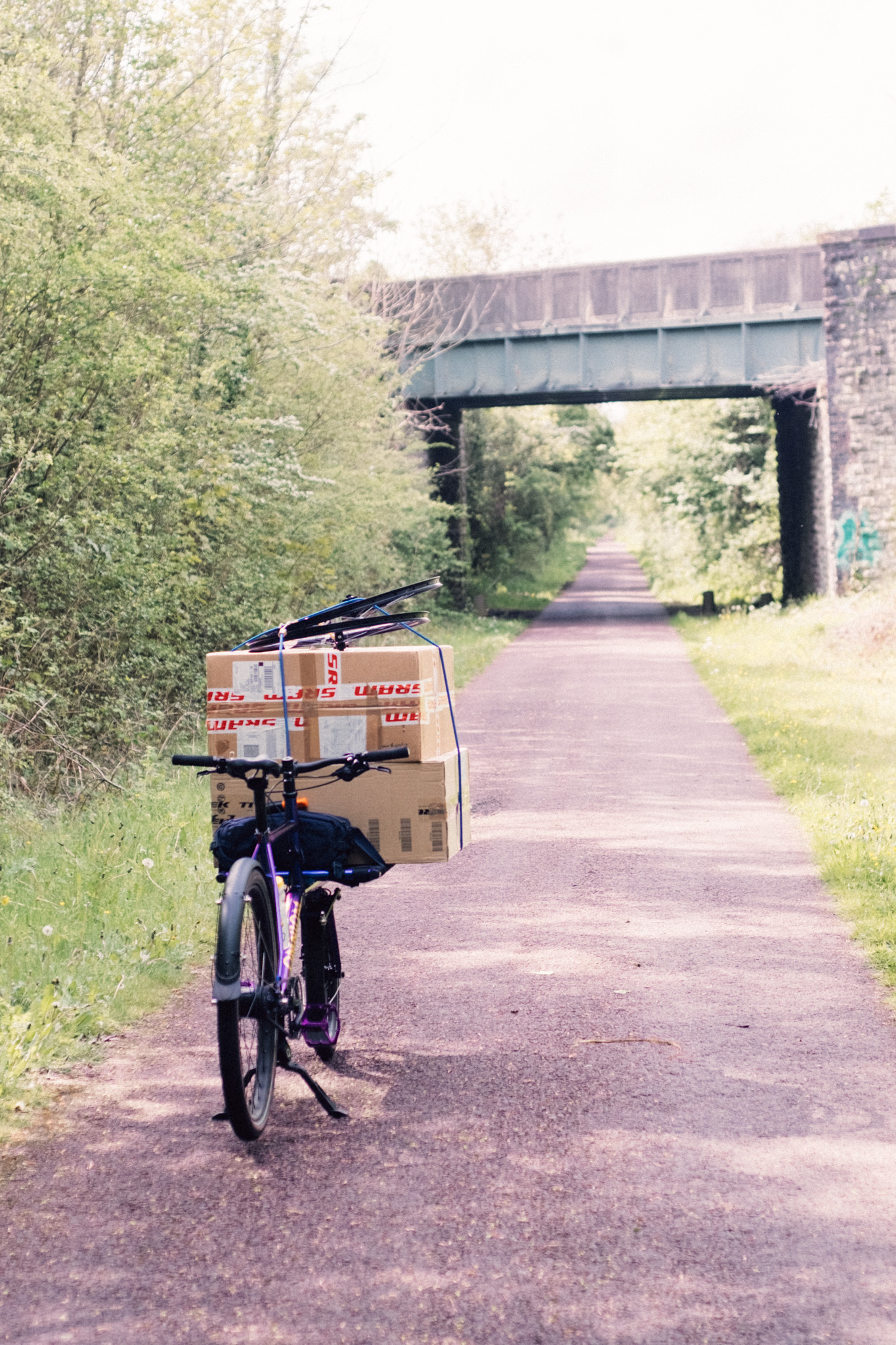
Over geared, but that’s fixable. Good handling characteristics, even with a heavy load? The only real issue I had with the carrying capacity is that, given the tray is higher up, it has a greater propensity to topple over than I’d have liked, but this was only really an issue when carrying something like two full boxes of books or a pizza oven. For more run-of-the-mill, day-to-day loads it was perfectly stable; more so with a bit of momentum. The higher position of the bed means it’s marginally easier to navigate crank-height traffic calming measures designed to keep quad bikes out of cycle paths for example. Very rarely was I left feeling that I could do with more capacity. The optional rack extender was handy for those times, but they were few and far between. The thing I did find, given that the tray is just a webbing platform, was that things needed to be strapped down. I found the best system in the interim was to strap a plasticised duffel bag to the bed with some bungees, into which all manner of things could be stuffed, but I suspect for general use the Omnium branded collapsible box setup would be ideal for just slinging bags and veg into.
One thing you will find with the Mini-Max, as with any cargo bike I suspect, is that hostile infrastructure, becomes even more infuriating. Bristol isn’t the most cycle-friendly city at the best of times, despite playing host to the majority of the country's cycling media (if you include nearby Bath in the conurbation), but things like enforced chicanes at the entrances to traffic-free cycle routes that are irksome on a standard bike become near impossible to navigate on a utilitarian machine such as the Mini-Max, and I’d put money on the Mini-Max being at the easier end of the spectrum.
Size is obviously going to factor into your purchase decision as it’s not a bike you can easily store inside. I cannot, for example, ride the Omnium to my girlfriend's house because there is simply nowhere to put it. In this regard it’s much like the car I was hoping it would replace, which brings us to the value proposal.

Value
A cargo bike like the Mini-Max is an expensive bike, but while ‘hobby’ bikes like those in our best gravel bike or best road bike buyer’s guides are standalone purchases, the added utility of something like the Mini-Max brings with it the opportunity to offset. A complete bike, plus some accessories (buy the webbing, spec the dynamo lighting, thank me later) will set you back about £3,000 or thereabouts. That’s a fair lump sum, but if it allows you to take the kids to school, shop for groceries, and commute to work that’s a lot of fuel in a car that you would otherwise have to buy, and decreased maintenance costs too. Replace the car (or even a car if you have multiple) entirely as I did and not only do you have the cash in your pocket from the sale of the vehicle, there’s also no more vehicle excise duty (no, not ‘road tax’!), no more repair bills, no more tyres, no more MOT, no more ULEZ charges.
Bikes are not maintenance free, but a new chain, a new set of tyres, a pair of brake pads… all of these pale in comparison to the cost of a new cam belt, a new head gasket, new car tyres. Cargo bikes as a whole, when used for the purpose they were created, represent fantastic value, and the Mini-Max is no exception. I think it’s the only review bike that has actually left me with more money in my pocket.
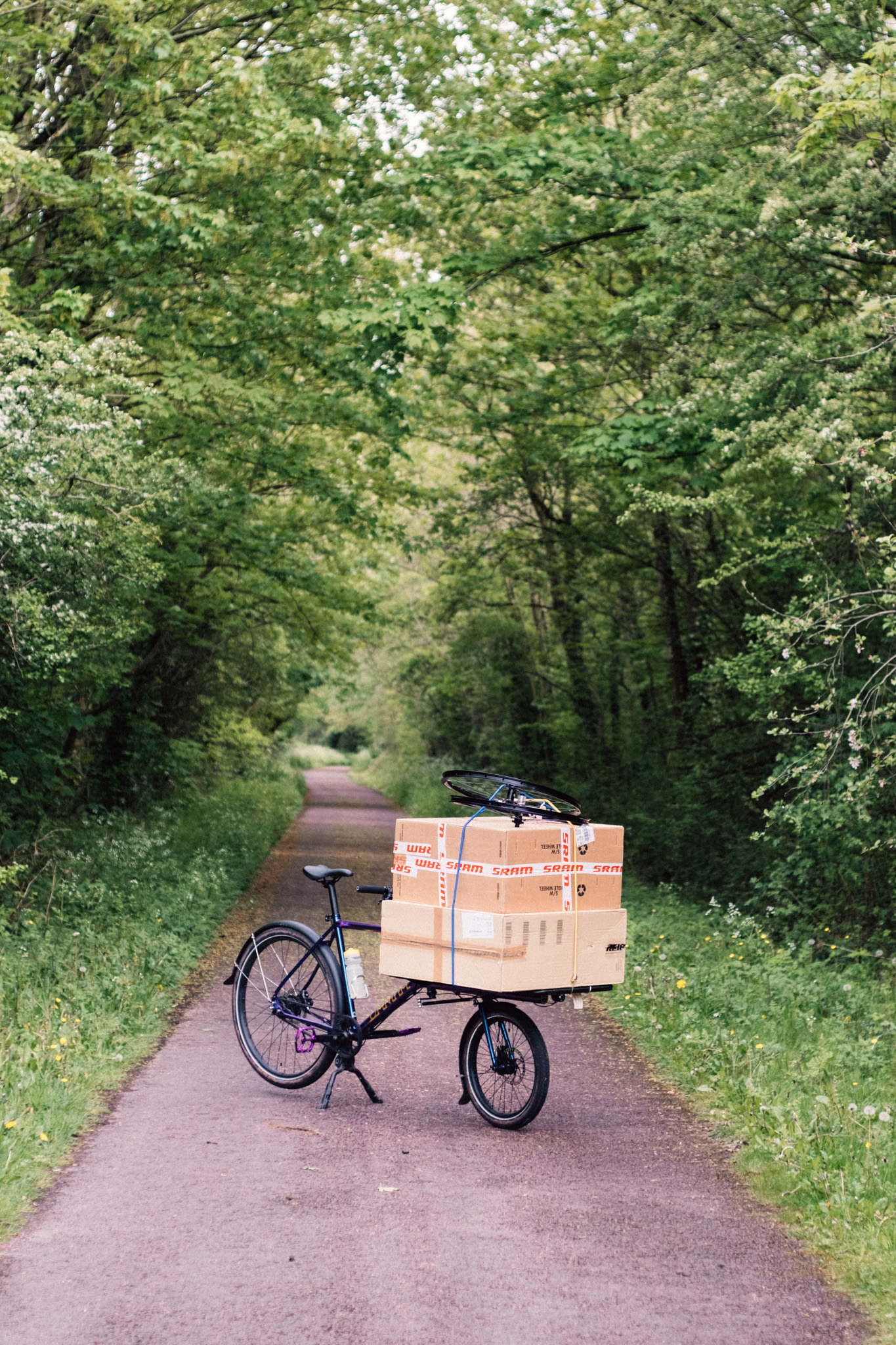
Verdict
The Omnium Mini-Max is a hoot to ride, and besides the punishing gearing, is very sensibly appointed too, as well as being a cool bike to behold. If you’re cargo-curious but don’t want to commit to a full-size monster then it’s a prime companion, just get a motor or a smaller chainring to make the most of it unless you actually do live in Copenhagen.
It’s not a cheap bike by any stretch, but given it has an ability to save you money it represents excellent value too, provided you actually use it to offset your car usage, or any other form of transit; if you don’t, it’s just an expensive conversation starter.
Omnium has let me hang onto this as a long termer, so I’ll be updating this in another six months or so with what it’s like to live with on a longer timescale - will I live to regret selling my ailing Citroën?







